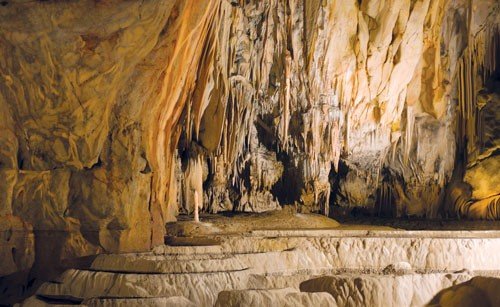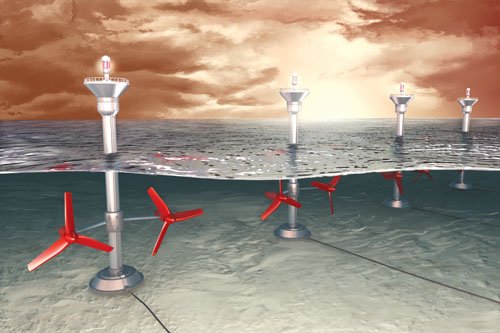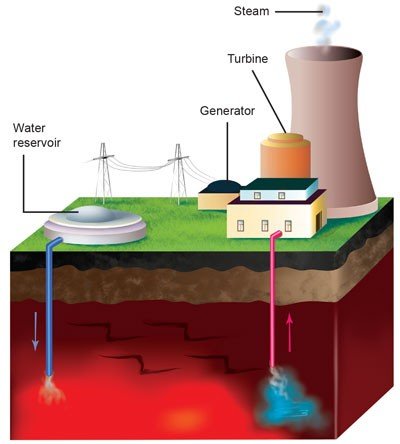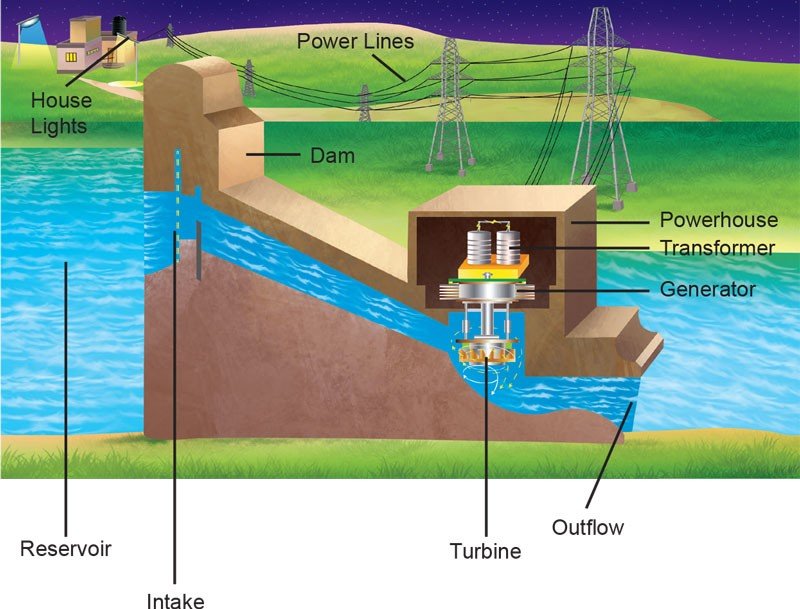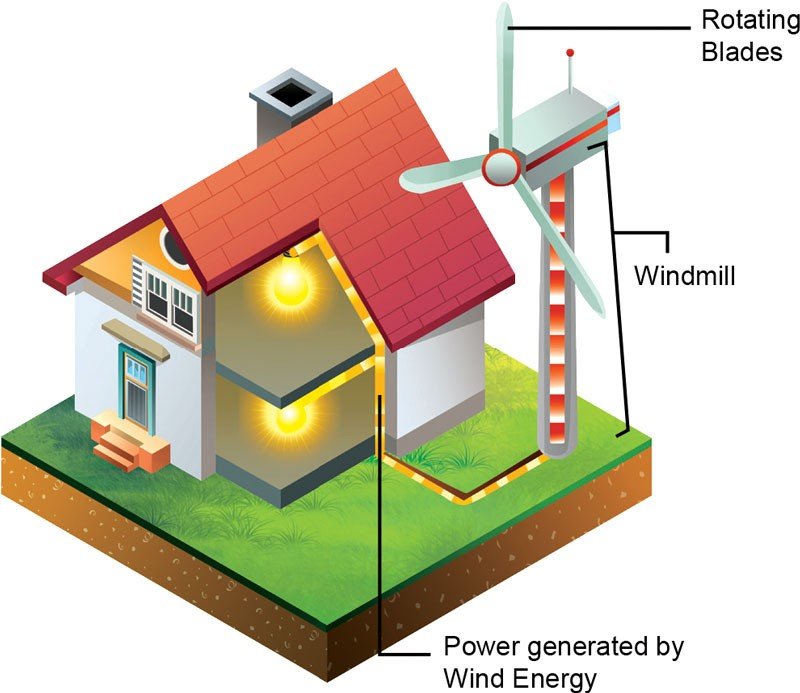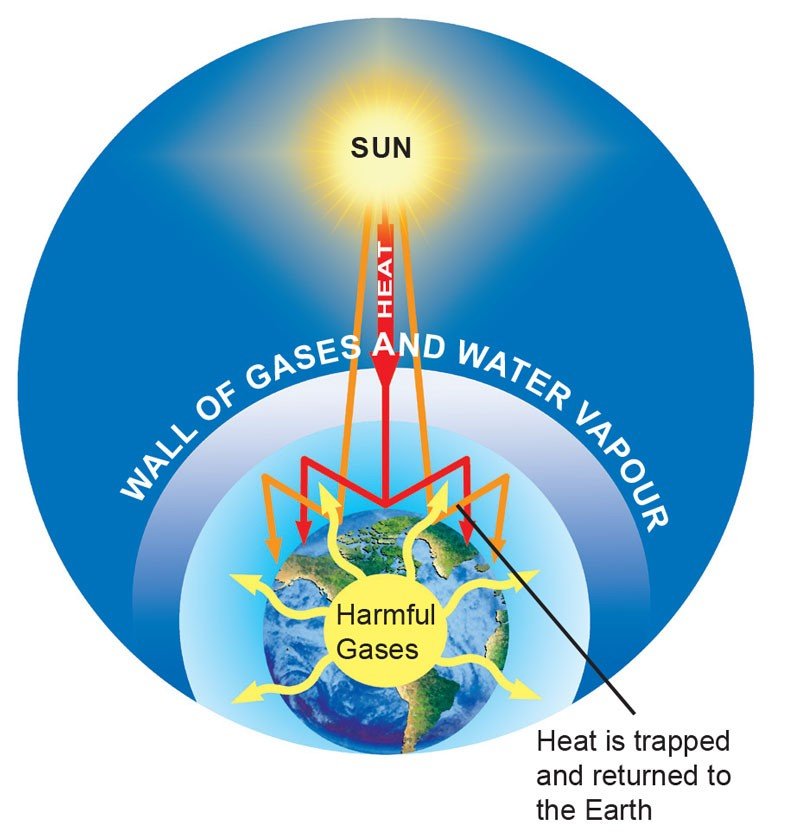Mount Etna
Mount Etna is the world’s one of the most active and iconic stratovolcanos. It is located on the central-northern side of Sicily, Italy and is 2,700 years old. This volcanic mountain spreads in an area of 1,190 km2. It looks like a gigantic cone in shape. It is a continuously erupting volcano with fairly frequent […]

 221 Facts About Earth tells children about Earth’s beautiful resources, lives, waterfalls, Hills and many interesting and exciting facts.🌎📚
221 Facts About Earth tells children about Earth’s beautiful resources, lives, waterfalls, Hills and many interesting and exciting facts.🌎📚
